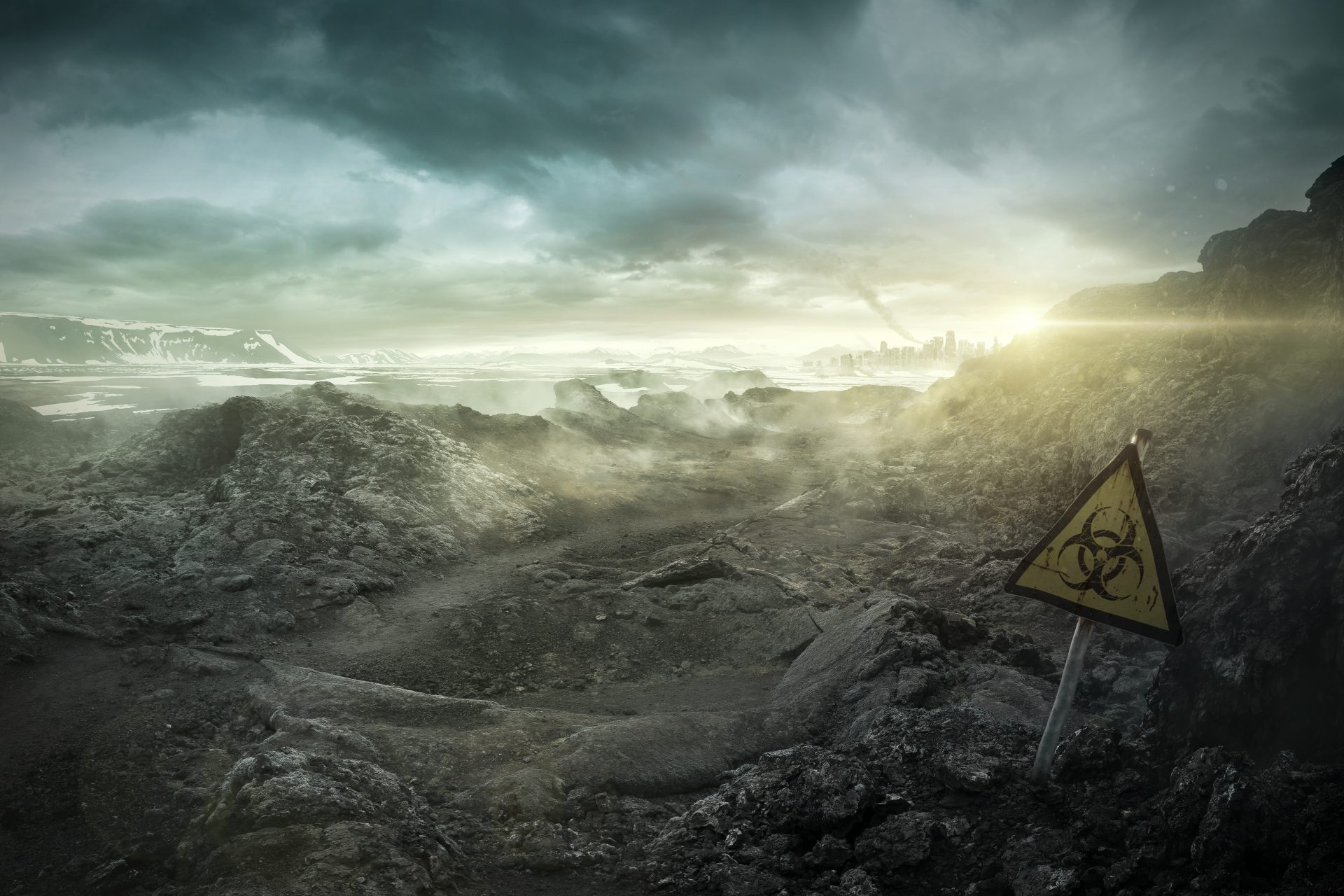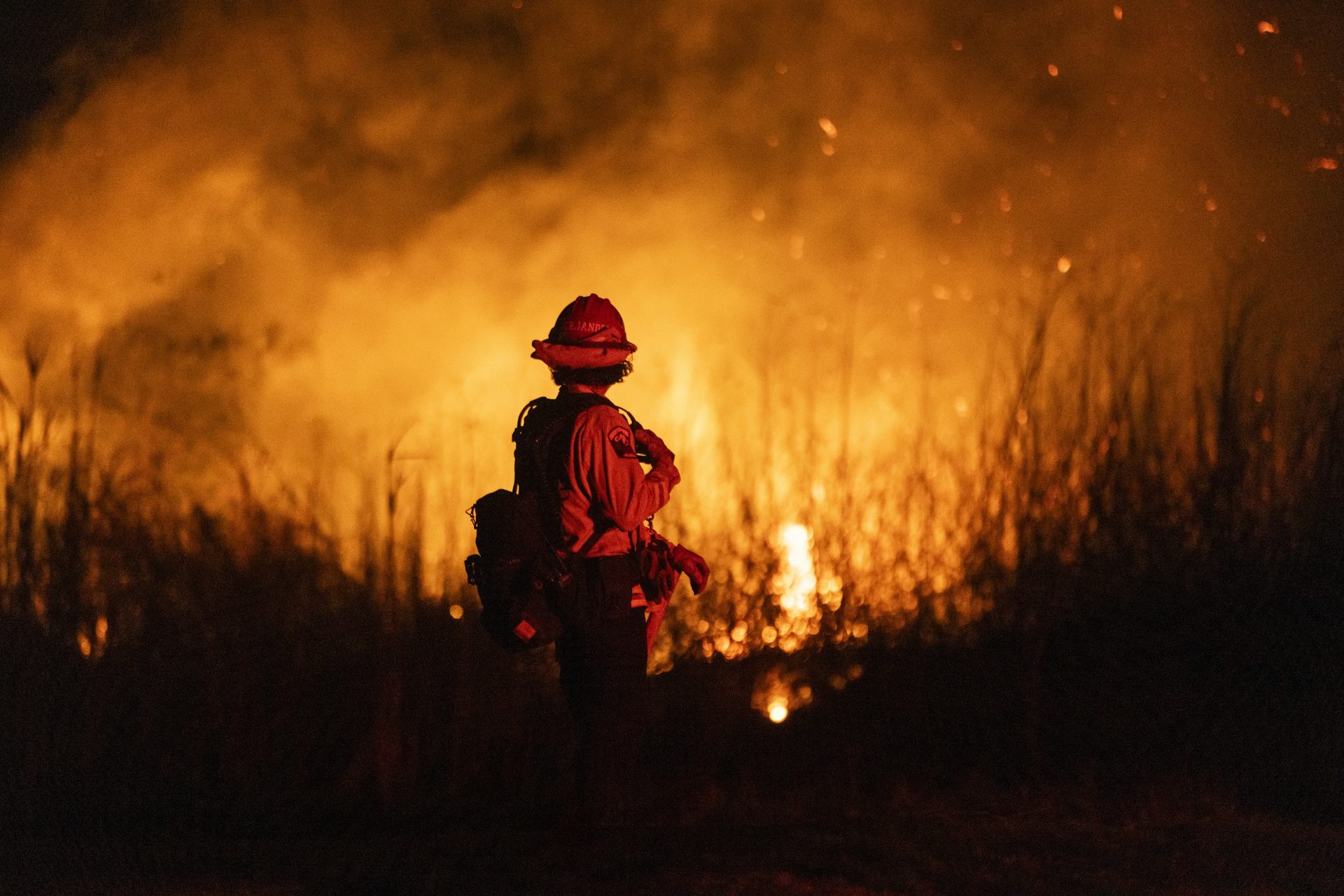The sixth mass extinction might not be that far away
65 million years ago, the fifth mass extinction event, caused by an asteroid, resulted in the extinction of the dinosaurs. Scientists are now worried that we might be witnessing the early stages of the sixth mass extinction.
A team led by Prof. Robert Cowie, from the University of Hawaii, argues in a study published by Biological Reviews that it “seems increasingly likely” that we’re in the early stages of a new mass extinction.
“Denying it is simply flying in the face of the mountain of data that is rapidly accumulating, and there is no longer room for skepticism, wondering whether it really is happening,” argues the study, as quoted by news website Vice.
A mass extinction occurs when around 70% of animal and plant life cease to exist. In other words, it’s a global catastrophe where biodiversity and the ecosystem are up for grabs.
Cowie’s study focuses on invertebrate animals, specifically mollusks. The team behind the study considers that the International Union for Conservation of Nature provides disproportionate attention given to vertebrates, such as birds and mammals.
“The International Union for Conservation of Nature has not evaluated any but a tiny, tiny fraction of invertebrates such as insects and snails and spiders and crustaceans, which constitute 95 percent of animal diversity,” Cowie told Vice.
Image: Ed van Duijin / Unsplash
The study made by Cowie and his team indicates that something around 7.5% to 13% of species has disappeared since 1500, which suggests that we’re heading towards mass extinction.
Pictured: A Tasmanian tiger (Thylacine), which was declared extinct in 1936, is displayed at the Australian Museum in Sydney.
If we’re indeed heading towards the sixth mass extinction, it would be the first that we know of caused by the intervention of a species. In this case, humans.
In fact, the human effect on the environment is so intense that many scientists posit that we live in a new geological epoch: The Anthropocene, which began when humans started to meaningfully impact Earth’s geology and ecosystems.
The Anthropocene so far remains hypothetical. Some claim that it began when humans developed agriculture, 12,000-15,000 years ago.
Other experts place The Anthropocene hand in hand with The Great Acceleration, the astounding rate of human growth and resource consumption that took off after World War 2.
In other words, the world in which our grandparents were born is completely different from the world we live in now.
A good example of the incoming sixth mass extinction is the disappearance of bees and butterflies around the globe.
Image: Dmitry Grigoriev / Unsplash
According to The Guardian, the bumblebee population in Europe and North America has declined over 30% in the span of a single generation, which points to mass extinction.
Image: Annie Spratt / Unsplash
The collapse of the bumblebee population also affects humans. The bees are not only responsible for honey, but also pollinate crops such as tomatoes or berries. Without them, less food is produced.
Meanwhile, National Geographic reports that over 450 species of butterflies in the US Southwest are also disappearing.
Image: Ed van Dujin / Unsplash
Butterflies are also crucial to pollinate many plants and flowers, affecting the food chain and the entire ecosystem.
The main culprit for the decline of bees and butterflies is warmer environments, caused by climate change. The rising temperatures turn the previous home of these species into something inhospitable.
That's not even taking into account the inordinate use of land and raw materials, affecting or outright destroying whole ecosystems.
Pictured: The effects of deforestation in the Amazon Jungle.
The damage humans have made to the planet has proven to be irreversible. The most worrying part is that, despite endless initiatives and summits with the best intentions, it continues to this day.
Meanwhile, time is running out to still maintain the precious balance that has enabled humanity to live for thousands of years. Once we have lost that balance, who knows what challenges will face the next generation.
More for you
Top Stories


































